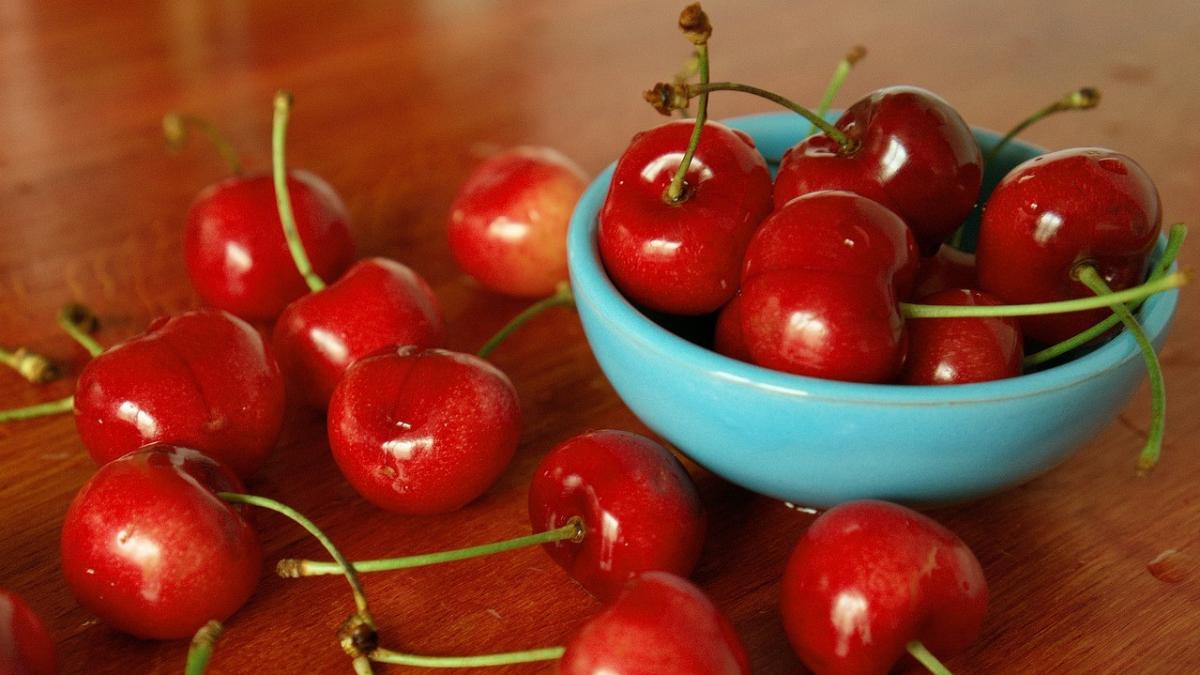You are here
Back to topUS Cherry Prices in China Rebound With First Sea Shipments

Each year, the period from June to August marks the cherry harvesting season in the United States. Imported U.S. cherries always occupy a prominent position on the shelves of Chinese supermarkets during the summer. However, the beginning of the 2023 season has seen markedly lower prices than in previous years.
By the end of July, U.S. cherries were being sold for 83.9 Chinese yuan ($11.50) per two-pound box at Sam’s Club stores in China. Meanwhile, prices on Dingdong Maicai, a fresh produce e-commerce platform, dipped to as low as 26.9 yuan ($3.69) for 250 grams at one point. An even lower price of 17.9 yuan ($2.45) for 250 grams was observed at Pupu Supermarket.
Nonetheless, 2023 looks set to be a bumper year for U.S. cherries, with data from the U.S. Department of Agriculture indicating a significant increase in sweet cherry production compared with previous years. The total output this season is projected to reach 371,000 metric tons, representing a 60% increase from 2022. Notably, Washington, the state with the highest production, is poised to harvest 240,000 metric tons, corresponding to a remarkable 66% increase compared with 2022. Meanwhile, Oregon’s production is anticipated to hit 51,000 metric tons, a year-on-year increase of 59%.
Despite this notable increase in production, many of the U.S. cherries arriving in China early this season reportedly displayed subpar firmness. Additionally, consumer enthusiasm for cherries has been somewhat low this year, impacting market demand. According to a representative from Fruit Day, a pioneer of the new retail model in China’s fresh produce sector, major e-commerce platforms are barely subsidizing U.S. cherry sales this time around, in contrast to the price wars seen in previous years. On the one hand, platforms are prioritizing stable sales. On the other hand, the demand for imported cherries has not been exceptionally high, creating an oversupply scenario and driving prices low. Consequently, U.S. cherries saw sluggish sales on the Chinese market during the early part of this season.
A representative from Pupu Supermarket revealed that the price of air-shipped 10-row U.S. cherries at one point plummeted to less than 300 yuan ($41.10) per carton. Subsequently, as e-commerce channels started to offer them at discounted rates, demand experienced an upswing. However, because of the unfavorable early sales performance, exporters have reduced the quantity of cherries being sent to China, causing prices to rebound.
The performance of U.S. cherries on other Asian markets during the first half of the season was similarly mediocre. According to Vietnamese media reports, prices in the Southeast Asian country recently plunged to an unprecedented low of 250,000–340,000 Vietnamese dong ($10.44–14.20) per kilogram, merely half that seen last year.
This season’s first two sea shipments of U.S. cherries to China reportedly reached their destination on Aug. 3 and 10. Although these cherries were early-season varieties, their quality was relatively consistent. These shipments were primarily composed of larger fruits of 9.5 row and bigger. As the sea-shipped U.S. cherries made their arrival, market prices swiftly rebounded from their earlier low point.
Image: Pixabay
This article was translated from Chinese. Read the original article.















Add new comment